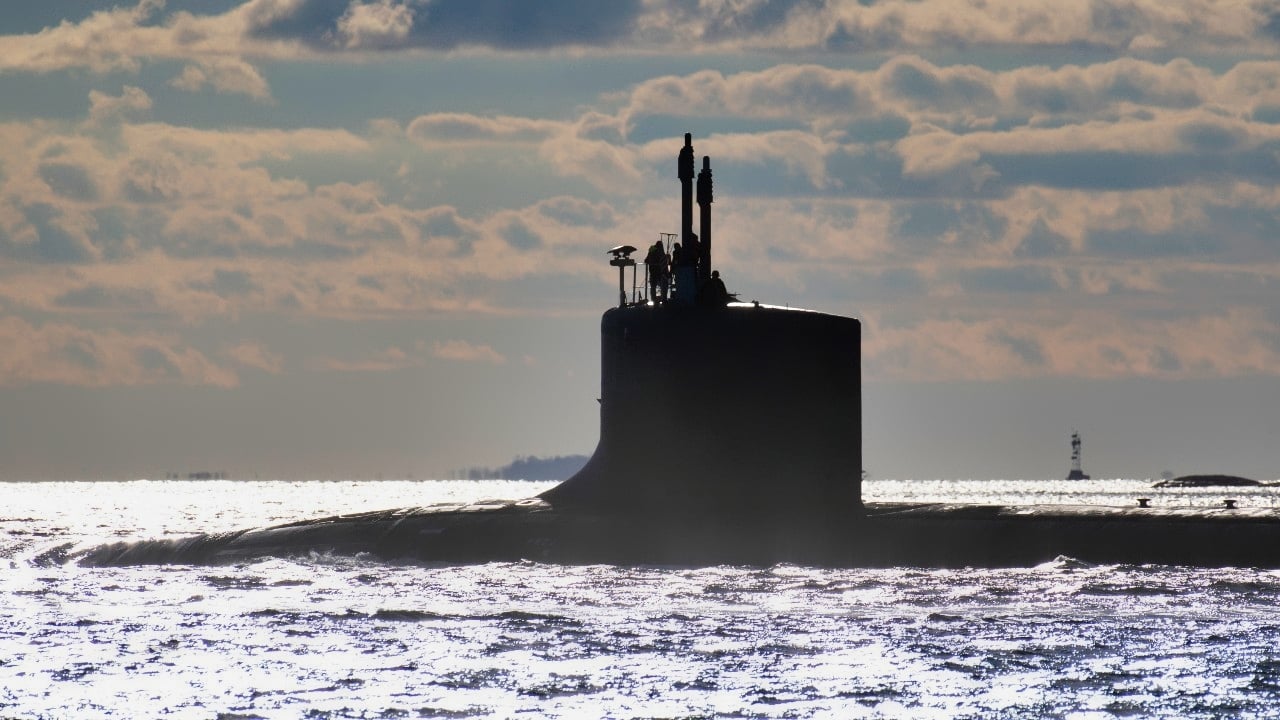Aircraft Carriers Need to Sail Into the History Books (Or Be Destroyed)
The U.S. Navy's reliance on aircraft carriers is increasingly outdated in the face of modern anti-access/area denial (A2/AD) threats posed by China, Russia, Iran, and North Korea.
Age of the Carrier Is Over: The U.S. Navy's reliance on aircraft carriers is increasingly outdated in the face of modern anti-access/area denial (A2/AD) threats posed by China, Russia, Iran, and North Korea.
Why?: As tensions with China over Taiwan escalate, the Navy must prioritize submarines over carriers for power projection. Attack submarines, alongside the Army's long-range strike capabilities and the Marine Corps' amphibious operations, should be the first line of defense.
What Happens Now? To succeed, the U.S. military must focus on neutralizing A2/AD systems before deploying traditional assets like aircraft carriers, which may be more of a liability in a conflict with China.
The US Navy has gotten complacent. It has come to view its aircraft carrier force, the crown jewels of its surface fleet, as the cure all for great power competition.
For many years, this was a safe assumption. But in the age of anti-access/area denial (A2/AD), all bets are off. An entirely new paradigm is needed.
The US military must focus on developing countermeasures for overcoming the A2/AD threats that China, Russia, Iran, and North Korea will deploy against US forces if a major war were to erupt.
If a war with America’s number one strategic challenger, China, erupted anytime soon it would likely be over Taiwan. Beijing would, therefore, be “all-in” when it came to an invasion, and they would be fully aware of the prospect of US military intervention.
Thus, Chinese forces would move swiftly to stunt whatever power projection capabilities the US military could bring to bear. Denying the aircraft carrier access to the Taiwan Strait area would be a critical move early at the start of any conflict.
The Age of the Aircraft Carrier Is Over: Where Do We Go from Here?
Ideally, the Pentagon’s assessments of such a conflict occurring sometime between 2027 and never would pan out. That would give the US defense industrial base, which is a broken down husk of the once mighty “arsenal of democracy.” Meanwhile, the defense industrial bases of all of America’s rivals—notably China, Russia, and even North Korea—are operating at record-breaking levels.
The longer the conflict takes to start, the more that the American defense industrial base can right itself, and begin equipping its forces for the big war that could erupt at any moment over Taiwan.
Should conflict occur in the next year or so, the ideal situation will not be upon us. Instead, the US military, as it has done so often, will have to go to war with the (broken) military it has, not the robust military it needs—or wants. Submarines must be the Navy’s primary method of power projection (at least until China’s A2/AD threat is mitigated).
Attack submarines will be key to deterring any Chinese invasion of Taiwan (should Washington decide to honor its admittedly ambiguous commitments to Taiwan via the Taiwan Relations Act of 1979). The bulk of the Navy’s Los Angeles-class submarines, whatever Virginia-class, and Seawolf-class submarines are operational must be removed from their respective areas of responsibility globally and brought into the INDOPACOM area of responsibility until the window of crisis closes (we are currently in the window of crisis).
The US Army could conceivably provide long-range strike capability to target and annihilate known Chinese A2/AD emplacements. The Marine Corps, with their widespread amphibious capability, could further destroy Chinese A2/AD systems spread throughout the area of responsibility.

The essential element here is that the Navy, with its submarines, the Army with long-range missile—preferably hypersonic—systems, and the Marine Corps, with its amphibious capacity, should be the first points of contact between American and Chinese forces.
Overcoming A2/AD
The Americans will have to strike hard and fast at the Chinese A2/AD systems, the moment that any Chinese invasion of Taiwan is detected. If the Chinese forces are given any amount of breathing space they will use that time to mount devastating counterspace strikes against sensitive American satellite constellations as well as brutal cyberattacks against the infrastructure of both Taiwan, their objective, and Taiwan’s allies—notably the United States—which could sow confusion and cripple the US military’s response.
Any thought of deploying aircraft carriers into the region to deter the invasion must be abandoned. Should China opt for an invasion, once their forces are moving, the path to violence will be inexorable. Such a pathway will only be ended through superior force of arms.
Until those A2/AD systems are removed by the US military, none of the legacy systems the military uses for conventional power projection should be placed in harm’s way. Their utility would be negated immediately. In fact, they would be more of a liability for the US war effort than an advantage.
The Navy must deprioritize the aircraft carrier and elevate the importance of the submarine. And it must do so in the face of the cultural love of flat tops as well as Washington’s obsession with big, beautiful weapons systems that the world can see.
Submarines will be the primary naval weapon.
About the Author
Brandon J. Weichert, a National Interest national security analyst, is a former Congressional staffer and geopolitical analyst who is a contributor at The Washington Times, as well as at American Greatness and the Asia Times. He is the author of Winning Space: How America Remains a Superpower (Republic Book Publishers), Biohacked: China’s Race to Control Life, and The Shadow War: Iran’s Quest for Supremacy. Weichert can be followed via Twitter @WeTheBrandon.
All images are Creative Commons and/or Shutterstock.


